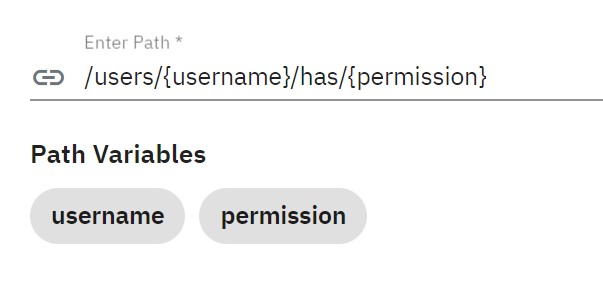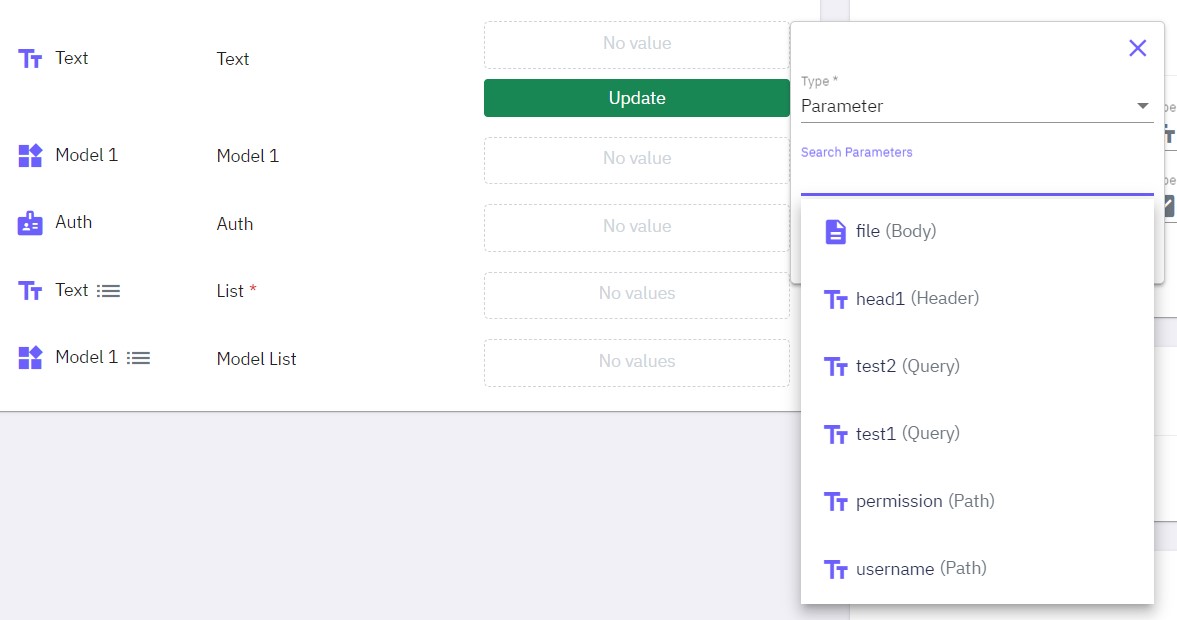An endpoint refers to a specific URL (Uniform Resource Locator) that a client can access to interact with the API and perform various operations. Endpoints act as gateways that allow clients (such as web or mobile applications) to communicate with the server hosting the API and perform actions like retrieving data, submitting data, updating information, or executing specific functionalities.
Each endpoint represents a specific entity or action and is associated with a unique path signature and HTTP method (GET, POST, PUT, DELETE, etc.) to determine the type of operation it supports.
Endpoint parameters are values or data that are included in the API call to provide additional information or instructions to the API when making a request. These parameters allow clients to customize the behavior of the API and retrieve specific data or perform particular actions.
List of parameters are:

By marking a parameter as required, any endpoint request made without providing that parameter will result in an error being thrown. This will promptly notify the user or client about the mandatory nature of the parameter and prompt them to include it for successful processing of the request.
Every endpoint triggers a specific class function responsible for processing the incoming request. When calling the class function, you have the option to provide the endpoint parameters as arguments, or alternatively, you can choose to utilize global variables as the input for the function.

When security is enabled Bearer token authentication is applied to the endpoint to ensure security. If you wish to disable security, you can easily do so by using the secure toggle.
Built In Endpoints
By default, each API is equipped with pre-built endpoints, providing essential functionalities like health checks and API authentication and security right from the start. All the information regarding these built-in endpoints can be easily accessed through the API preview, offering a comprehensive ...
API Preview
In the API Preview, you have access to a comprehensive overview of all endpoints, including built-in ones like "Auth" and "Health" endpoints. The API preview conveniently consolidates all endpoint information in a single location, presenting details about available parameters, HTTP request methods, ...